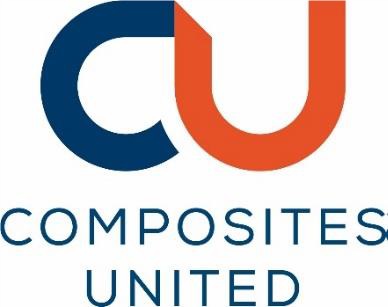
CU - Fachinformationen-öffentlich
CU - Fachinformationen-öffentlichApp-Einstellungen:
Comparison between Experimental and Theoretical Results using Cuntze’s ‘Failure Mode Concept’ model for Composites under Triaxial Loadings - Part B of the WWFE-II-
(
Begriff,
 Englisch
)
Englisch
)
Comparison between Experimental and Theoretical Results using Cuntze’s ‘Failure Mode Concept’ model for Composites under Triaxial Loadings - Part B of the WWFE-II-
The Second World-Wide Failure Exercise (WWFE-II) deals with the behaviour of isotropic and unidirectional (UD) materialas well as of multi-directional laminates composed of UD laminas subjected toatri-axial state of stress. This paper represents a contribution using Cuntze’s Failure Theory which is composed off our parts: (1) The Failure Mode Concept (FMC), to model the failure behaviour by UD Failure Conditions that assess tri-axial states of stress,
(2) The establishment of non-linear stress-strain modelling of the embedded UD lamina material (in strain-hardening and strain-softening regime); and
(3) The generation of a suitable computer code for carrying out non-linear analyses of multi-directional laminates under 3D stresses. In addition to WWFE-Iis to consider part
(4) Modelling of the matrix behaviour in ultra-high hydrostatic pressure domains. The application of the FMC to a UD lamina results in five failure conditions. These take into account the material-symmetry of the UD lamina homogenized to a ‘material'. Again, the UD lamina is treated as a transversely-isotropic material which is consistent with the WWFE-I.
Part B focuses on correlating the predictions with the experimental results provided. These involve12 test cases, where from the 7UD cases are directly applicable for the validation of strength failure conditions (parts 1, 2). The analysis considers non-linearity of material and of geometry in case of changes of the fibre orientation angle. Special emphasis has been put on the difference between an isolated (weakest link) and an embeddedlamina (in-situ behaviour)which possessesredundancy within the laminate. After regarding lack, scatter and partial inconsistence of the provided test data in some test cases, the correlations look promising. However, a full 3D-judging of the UD failure conditions is not yet possible. At least, one can conclude: Generally it is physically not accurate to predict a failure surface with the knowledge of strength data, only! Bottlenecks were the parts 3 and 4.
by Prof. Dr. Ralf Cuntze
Dateien
-
Draft WWFE-IIB 2013 - Comparison between Experimental and Theoretical Results using Cuntze’s ‘Failure Mode Concept’ model .....pdf
Draft WWFE-IIB 2013 - Comparison between Experimental and Theoretical Results using Cuntze’s ‘Failure Mode Concept’ model .....pdf
Bild 1 von

